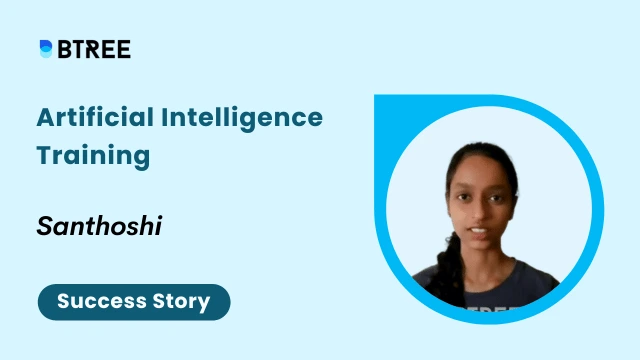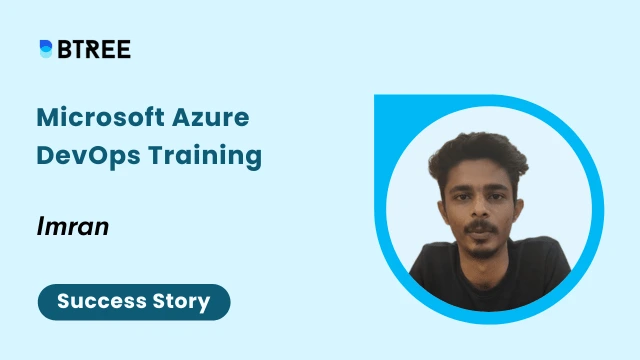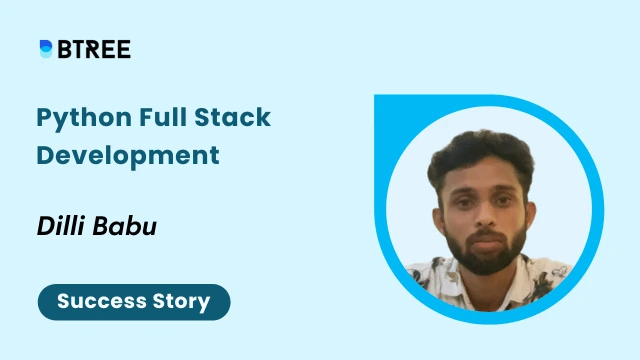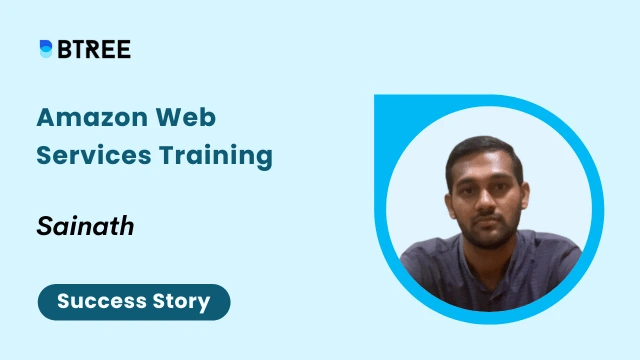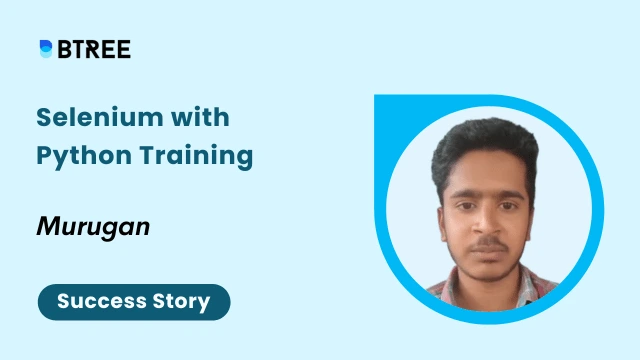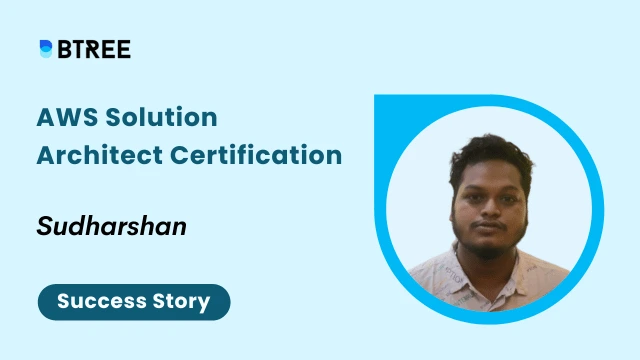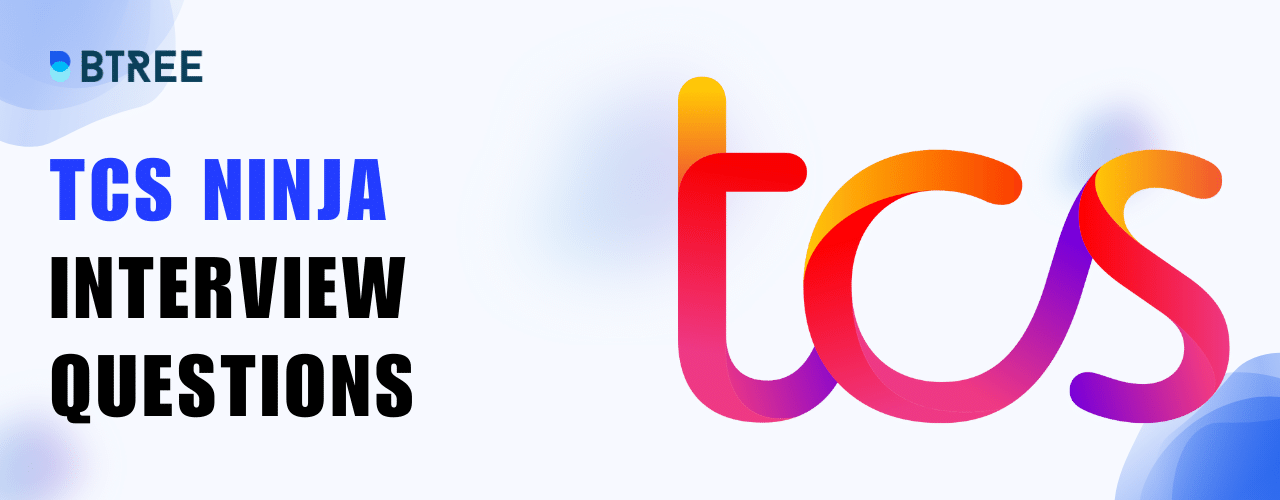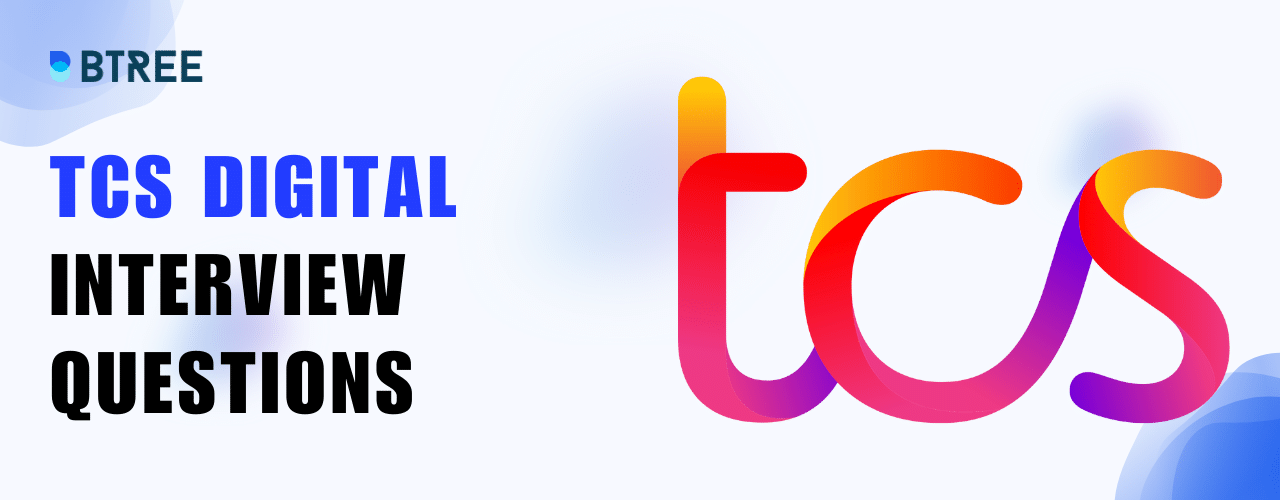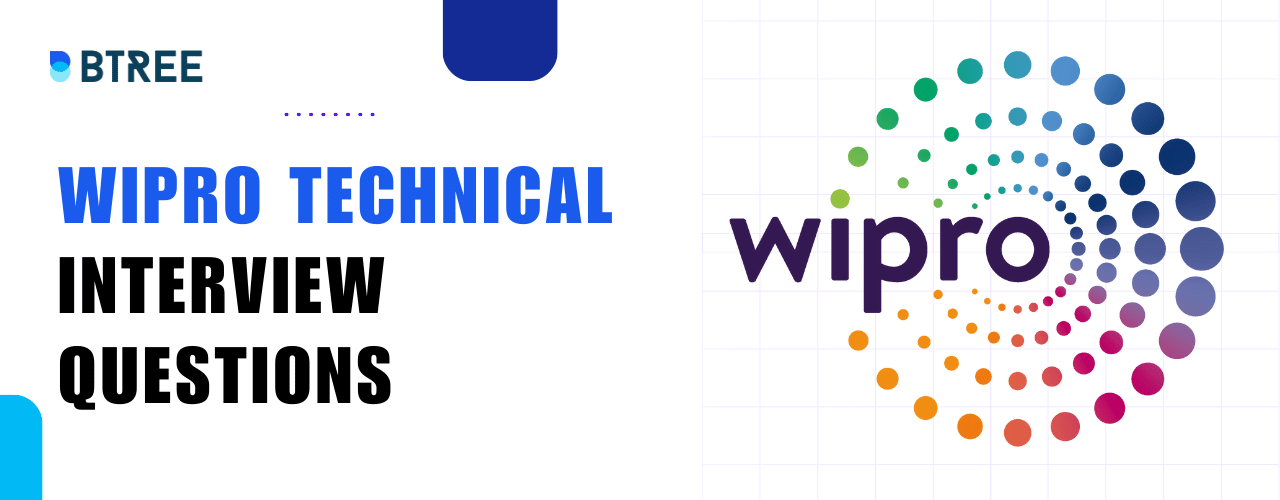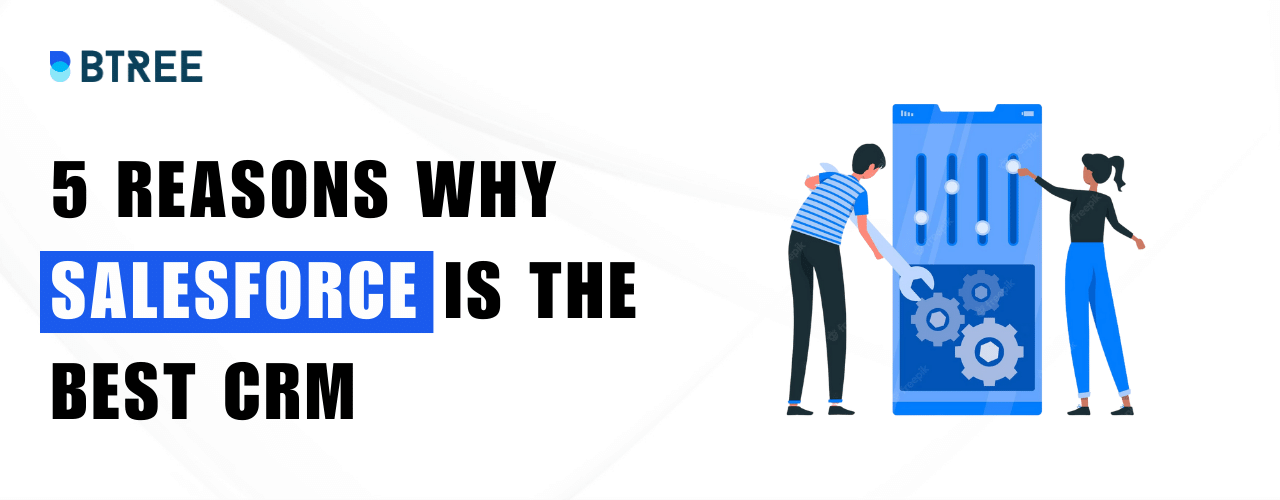Cognizant GenC Interview Questions
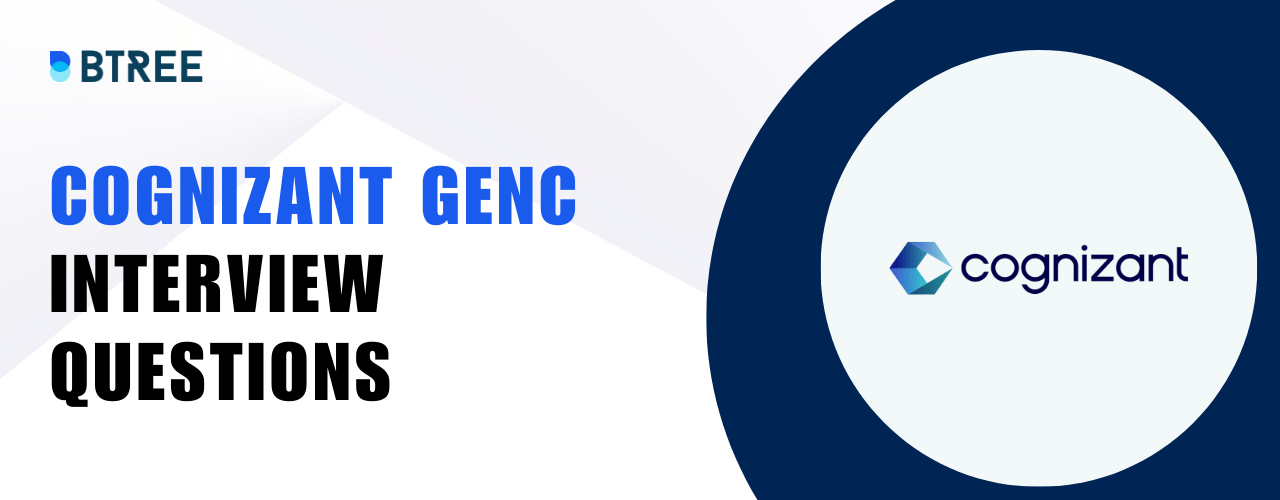
About Cognizant
One of the top professional services companies in the world, Cognizant changes its customers’ businesses, technologies, and operational methods to provide them a competitive edge in the current digital era. As most of us are aware. Clients may develop, build, and grow more inventive and effective enterprises because to this organization’s unique, industry-based strategy. Cognizant is headquartered in the United States and is rated 193 on the Fortune 500. For the majority of job seekers, working for this organisation is their dream. Cognizant has recently revealed a new method for hiring freshers this year. The company has divided the entire hiring procedure into two sections: GenC and GenC Next. Cognizant GenC interview questions will help you to crack the interview and build your career with Cognizant.
Cognizant Hiring Process
Cognizant GenC
For people with little or no programming experience, Cognizant hires GenC applicants. They should be capable of handling difficult issues and providing innovative solutions. Knowledge of programming is preferred but not necessary. Candidates will be trained in the selected technical fields to crack the Cognizant genc interview questions.
Cognizant GenC Elevate
Cognizant hires GenC Elevate candidates that are entry-level and also possess foundational understanding of programming and database abilities. They could be put in charge of business divisions after more training. The GenC package also includes a skill-based bonus in addition to programming knowledge to hired by Cognizant elevate
Cognizant GenC Pro
Entry-level talent with experience in enterprise platforms/products/specific technologies, such as Salesforce, PEGA, SAP, Cybersecurity, Service Now, and more, receives a premium skill package. They may hasten the implementation of these business apps once they join Cognizant. A skill premium over and above the standard GenC package is included in the bundle.
Cognizant GenC Next
In GenC Next, Cognizant acquires entry-level talent who are technically adept, have developed coding skills and complete stack capabilities, are able to solve technological problems, and can clearly explain each solution. After finishing a three-month internship with a stipend, they are recruited by Cognizant at a separate wage package.
As a result, being aware of the possible Cognizant genc interview questions will help you prepare effectively. The most typical genc interview questions, genc elevate interview questions, genc next interview questions, genc pro interview questions, and genc hr interview questions are included in this article, that might able to assist you come up with the right one.
Cognizant GenC Interview Questions
Cognizant genc interview questions for freshers easily build their career with techinical background.
1. What is the difference between Database and Database Management System?
A database may be defined as a planned collection of figures known as data.
DBMS, which stands for Database Management Systems, refers to programs that are meant to allow users to communicate with other applications.
2. Give a detailed explanation of static and dynamic memory management. Which kind should you use?
A program cannot update memory while it is executing thanks to static memory allocation. A program’s memory can be changed while it is running due to dynamic memory allocation. Static memory allocation is preferred in an array. Dynamic memory allocation is preferred for linked lists.
3. What is the distinction between Overloaded and Override methods?
Overloading is the term for when two or more methods in the same class have the same name but distinct parameters.
Overriding is the process of using the same method signature (name and arguments) in both the superclass and the child class.
Syntax
public int addNumber(int a, int b){
return a+b;
}
//Overloaded addNumber method with 3 parameter
public int addNumber(int a, int b, int c){
return a+b+c;
}
class InterviewBit{
public int print(){
System.out.println("InterviewBit");
}
}
class Scaler extends InterviewBit{
//Overriden print method can be called based on the objects we create.
public int print(){
System.out.println("Scaler");
}
}
4. Create a programme to determine an even or odd integer.
#include stdio.h>
int main()
{
int number;
printf("Insert a number \n");
scanf("%d",&number):
//Checking if the number is divisible by 2
if (number%2 == 0)
printf("The number is even\n");
else
printf("The number is odd\n");
return 0;
}
5. What is Kernel?
The kernel of an operating system is a crucial part since it regulates how both hardware and software work. In essence, it regulates the way that CPU and memory are used. The operating system must have it as a necessary component. The hardware-level data processing performed by system calls and inter-process communication is connected to programs through the kernel.
6. Explain client-server Architecture.
Client-server architecture is a type of application network that allocates tasks to clients and servers that are either connected via a network or are a part of the same system. To use the service provided by the server, the server-client sends a request to another programme, which then sends the request to a few additional programmes, which split the work among the clients and share resources with them.
7. Describe ERP.
A genre of software known as “enterprise resource planning” (ERP) is used by firms to manage daily tasks including accounting, purchasing, project management, risk management, and compliance. A complete ERP package also includes enterprise performance management software, which helps with planning, budgeting, forecasting, and reporting an organization’s financial results.
8. What is SDLC? What are its phases?
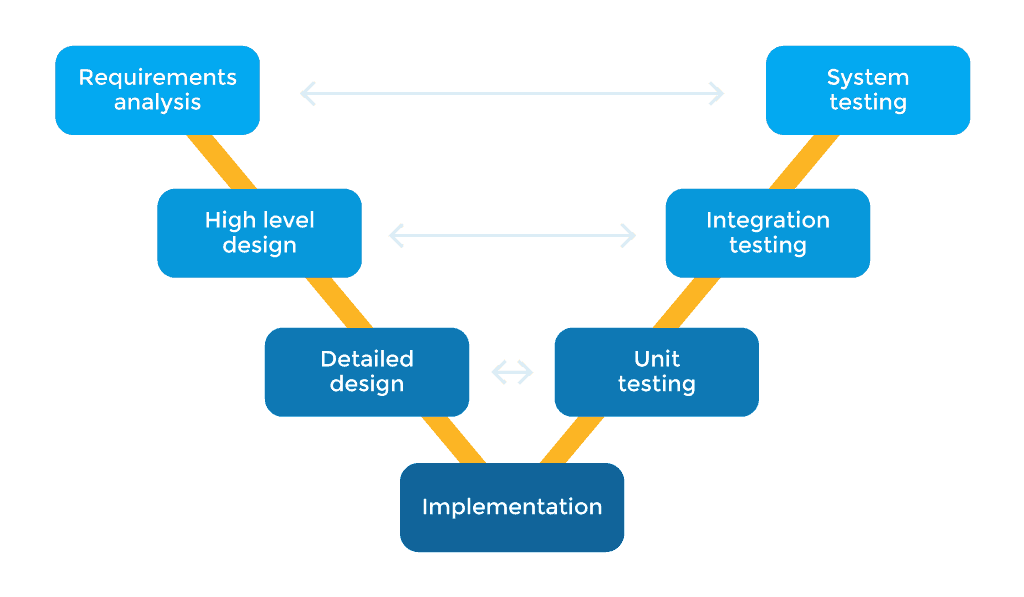
A software project is separated into stages, and so on. An SDLC is a procedure that outlines how to create, maintain, update, or improve a particular piece of software. The life cycle goes into deeper information about the software’s quality and the full evolution process. In essence, SDLC specifies the right order of steps that must be taken during the software development process or the full cycle that the program experiences.
9. What is Trapdoor in OS?
One more of the typical Cognizant GenC interview queries. A hardware or software technique called a trapdoor is used to get around system controls. It is malicious software that allows an attacker to use remote instructions to obtain unauthorised access to a network or computer system. A specific User Datagram Protocol (UDP) or Transmission Control Protocol (TCP) port is watched by trap door software for orders.
10. Describe the differences between data mining and OLAP.
OLAP is a reporting solution that employs online analytical processing to comprehend the dimensions, content, and structure of your database. You may then decide more effectively which data to preserve and which to remove. It may also be used to find data input mistakes and concerns with data integrity. Organizing your data into many tables will scale your data storage and enhance data management. Additionally, it enables you to make customised reports using various data sets.
Data mining is a process for studying data to look for recurring patterns or logical relationships between variables. Questions regarding a huge body of data that cannot be answered by looking at a single piece of data can be answered via data mining. This broader body of data might originate from a single source, such as a survey, or it can come from several sources, such as social media or sensors that gather information about our environment. Data mining may also be used to find answers to data-related issues that don’t always require a big amount of data. In order to forecast people’s hobbies or medical problems and suggest remedies, we can construct data profiles of them.
Cognizant GenC Elevate Interview Questions
1. Print the length of a string without using the string methods.
import java.util.*;
class ninjaSolution {
public static void main(String[] args) {
String str = "Hey Ninja!!";
int len=0 ;
char[] strCharArray=str.toCharArray();
for(char c:strCharArray) {
len++;
}
System.out.println("Lenght of string "+str+" is: "+len);
}
}
Output
Length of string hey Ninja!! is: 11
2. Describe the differences between proactive, retroactive, and simultaneous updates in DBMS.
Proactive Updates: These are modifications made to the database before it is made available in the actual world.
Simultaneous Updates: The updates are made in the database while it is being used in the actual world.
Retroactive Updates: With this form of update, changes are made to the database after it has been fully implemented in a real-world setting.
3. How to update and drop a view in SQL?
A view is only one table that receives data from various other tables. The following command may be used to update an existing view:
CREATE VIEW OR REPLACE View_Name> AS
SELECT Column1>, Column2>, Column3>, ..., ColumnN>
FROM Table_Name>
WHERE Condition>;
A view can be dropped using the following command,
DROP VIEW View_name>
4. How does index hunting work?
The process of acquiring more index is known as “index hunting.” This is done to increase the SQL database’s effectiveness and efficiency since indexes speed up processing and performance.
5. What is SJF?
SJF stands for Shortest Job First. It is a scheduling technique for transactions that gives the job or transaction with the quickest execution time priority. It is a non-pre-emptive strategy that is also sometimes known as SJN (Shortest Job Next) and SPN (Shortest Process Next). The preventative strategy for SJF is known as SRTF (Shortest Remaining Time First).
6. What exactly is piping in Unix or Linux?
The act of sharing the output of one programme, command, or process as an input to another programme, command, or process is known as piping or plumbing. For Linux or Unix systems, it is a type of redirection.
7. What are the four typical components of a processed image?
The four typical components of a processed picture are,
- User Data
- User Program
- System Stack
- PCB (Process Control Block)
8. Describe EGP.
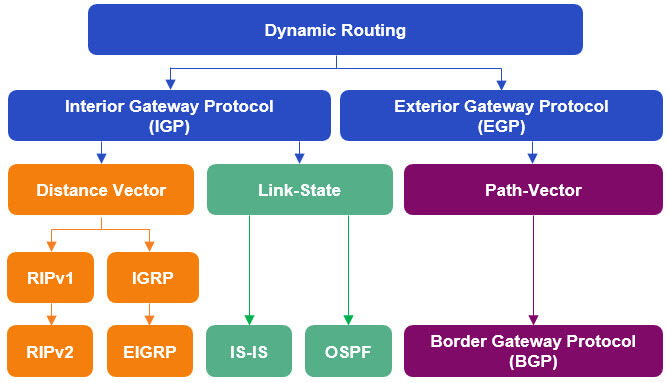
EGP stands for Exterior Gateway Protocol. EGP is a networking protocol used to provide network reachability information between Internet Gateways of the same or distinct autonomous systems.
The ECG provides three functions.
- This function generates a new set of neighbours.
- It verifies if its neighbours can still be reached and are still alive.
- Additionally, let your neighbours know about the available autonomous systems.
9. Create a C++ program that prints integers from 1 to 10 without recursion or looping.
#include iostream>
using namespace std;
template int < n>
class PrintZeroToN
{
public:
static void display()
{
PrintZeroToN < n-1>::display();
cout << n << endl;
}
};
template< >
class PrintZeroToN<0>
{
public:
static void display()
{
cout << 0 << endl;
}
};
int main()
{
const int n = 10;
PrintZeroToN< n>::display();
return 0;
}
Output
0
1
2
3
4
5
6
7
8
9
10
10. Print the variable’s address without using a pointer.
Using the ‘&’ symbol in C, we may print the address of a variable directly.
#include < stdio.h>
int main()
{
int x;
printf("Address of x: %p\n", &x);
return 0;
}
Output
Address of x: 0x7ffe6cf24364
Our Lovely Student feedback
Cognizant GenC HR Interview Questions
- Working at Cognizant may include using various technologies in several locations. Are you prepared to accomplish that?
- Which of your traits do you believe will help you blend in well with the IT industry?
- What role did your education have in preparing you for a career?
- What was your senior project? What new ideas have you brought to this project?
- What is the name of Cognizant’s CEO?
- Are you a goal-oriented individual?
FAQ for Cognizant GenC Interview Questions
1. Is Cognizant GenC interview easy?
The Cognizant GenC test is not difficult. Candidates should be familiar with the fundamentals of new and sophisticated technologies, as well as basic to medium coding questions.
2. What type of questions are asked in Cognizant interview?
New technologies like ML and AI are discussed in Cognizant interview questions. In addition, you may ask basic programming and coding questions. And a few words about Cognizant.
3. Is there any chance of upgrading to GenC elevate is I perform good in GenC exam?
No. You will only be considered for the profile for which you have registered. There are no improvements.
4. What kind of questions can I expect in GenC elevate interview?
The GenC Elevate interview consists of both technical and HR questions.
5. Can I get rejected in Cognizant HR interview?
In Cognizant, all of the rounds are elimination rounds, and there is always the possibility of being rejected after the Interview round.
6. How long does the Cognizant Interview process take?
The Cognizant Interview lasts around 30 minutes. However, it varies depending on the candidate and the interviewer.
7. Does Cognizant reject after document verification?
After hiring, Cognizant does a thorough background investigation and document verification. They can also reject a candidate if there is any disinformation.
Conclusion
With the Cognizant GenC interview questions that have been mentioned in this article, you are now fully prepared for your interview. Cognizant is one of the greatest places to start your career, and if you acquire a job here, you should be proud of yourself. We wish you the best of luck in your Cognizant GenC interview.
We also recommend enrolling Btree Systems Full Stack Web Developer and Skill up courses to improve your technical abilities and fundamental soft skills. Both of these courses provide comprehensive understanding of software development and testing technologies such as JavaScript, Node.js, Angular, Docker, and Protractor.
